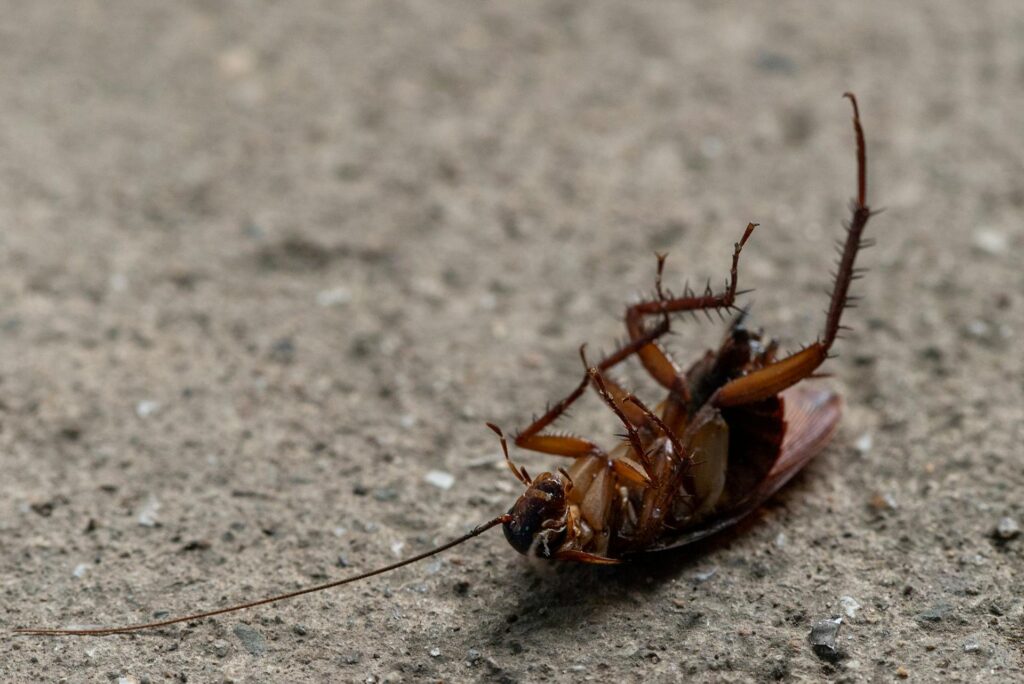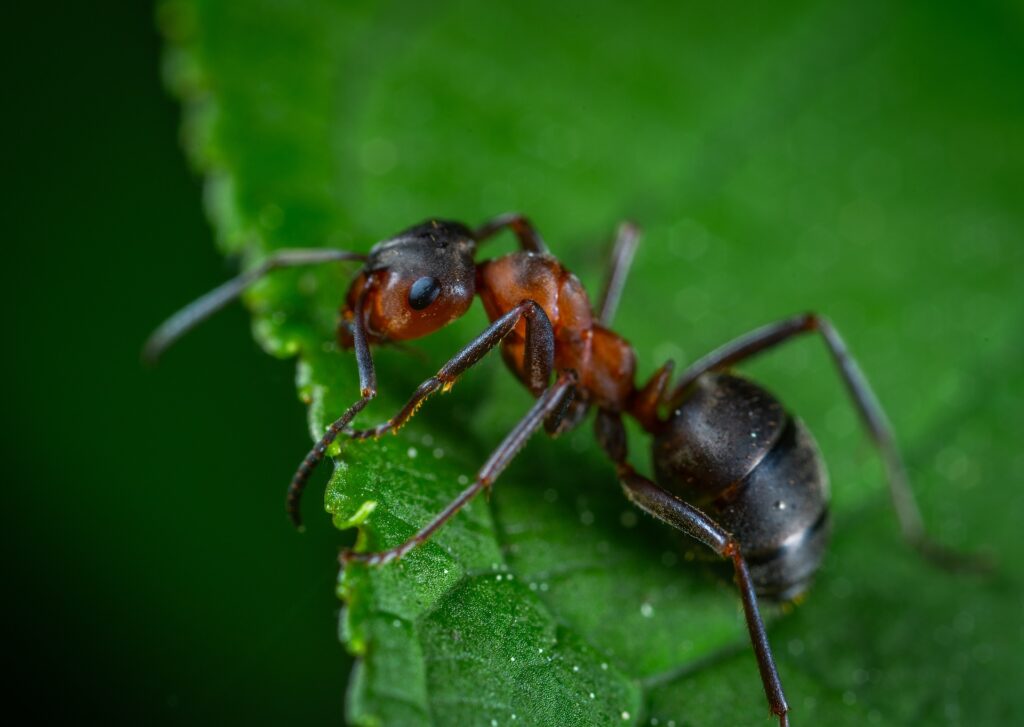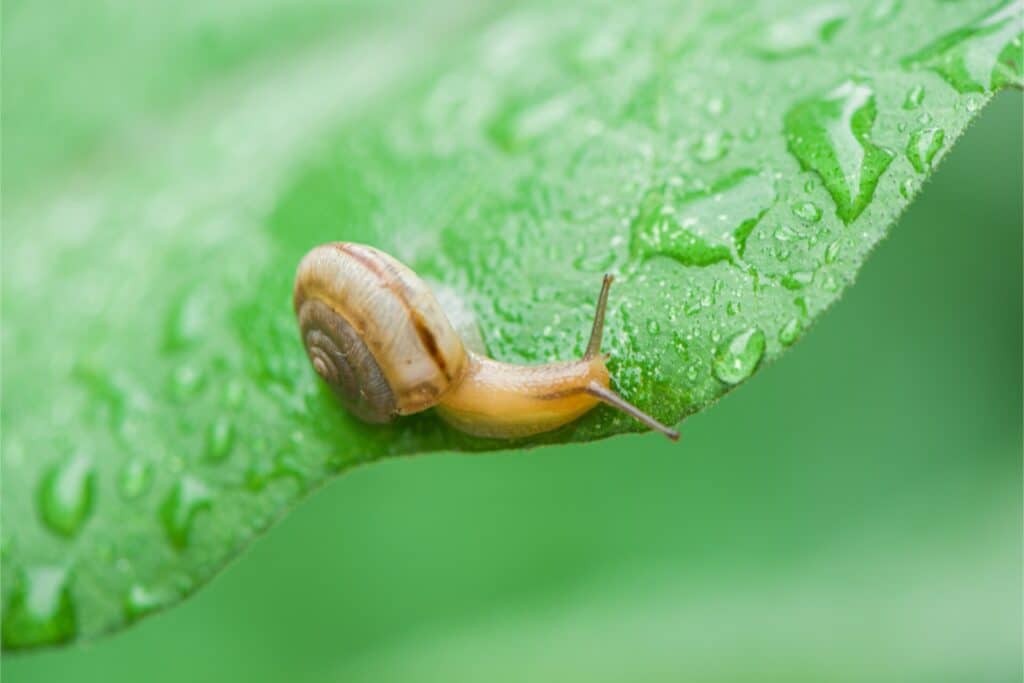Many people assume that fleas are exclusively a pet owner’s problem, but these resilient parasites can find their way into any home, with or without furry companions. If you’re experiencing itchy bites or spotting tiny jumping insects despite not having pets, you’re not imagining things. Fleas have several surprising ways of entering pet-free homes, and understanding these pathways is the first step toward effective prevention and control.
How do fleas spread?
Fleas are remarkable hitchhikers with several efficient methods of spreading from one location to another. The most common transmission occurs through direct contact with infested animals—not just pets, but also wildlife like squirrels, raccoons, or stray animals that may visit your yard. Fleas and their eggs can fall off these animals, establishing new populations in soil, grass, or landscaping around your home.
These parasites can also travel on clothing, shoes, or used furniture, making second-hand items potential sources of infestation. Adult fleas can jump up to 8 inches vertically and 16 inches horizontally, allowing them to leap onto passing hosts or through open doors and windows. Additionally, flea eggs and larvae can be transported in soil from potted plants, garden materials, or even on the shoes of visitors who have pets at their own homes.
Can you have fleas in your home without having a pet?
You can have a flea infestation without owning any pets. Several scenarios make this possible. Previous occupants’ pets may have left behind flea eggs and larvae that remained dormant until conditions became favorable for development. Wildlife such as mice, rats, squirrels, or raccoons living in or around your home—including attics, crawl spaces, or under porches—can introduce fleas indoors.
Even brief visits from friends’ or neighbors’ pets can deposit flea eggs that later hatch into an infestation. Newly purchased used furniture, especially upholstered items, can harbor fleas at various life stages. Additionally, humans themselves can transport fleas on clothing or shoes after visiting infested areas like parks, other homes with pets, or wildlife-dense areas. The resilient nature of flea eggs, which can remain viable for months, means that even homes vacant for extended periods can develop flea problems when conditions become suitable.
How to know if you have a flea infestation
Identifying a flea infestation involves recognizing several key signs, even without pets to check. The most obvious indicator is experiencing multiple small, itchy bites, typically clustered around ankles and lower legs where fleas commonly jump onto human hosts. These bites often appear as small red spots surrounded by a halo-like ring. You might actually spot the fleas themselves—tiny dark brown insects about 1/8 inch long that move by jumping rather than flying or crawling in straight lines.
Try the “white sock test” by walking around your home wearing white socks, which can make the dark-colored fleas visible when they jump onto the fabric. Another telltale sign is “flea dirt”—small black specks that are actually flea droppings—which you might notice on floors, furniture, or bedding. When placed on damp paper towels, these specks dissolve into reddish-brown streaks because they contain digested blood.
How to prevent a flea infestation
Preventing fleas from establishing in your home begins with regular cleaning routines focused on areas where eggs and larvae might accumulate. Vacuum frequently, paying special attention to cracks in floorboards, along baseboards, under furniture, and in any upholstered items. Empty the vacuum canister or bag into a sealed plastic bag immediately after use and dispose of it outside. Wash all bedding, throw rugs, and removable furniture covers in hot water every few weeks.
If wildlife is present near your home, consider humane wildlife exclusion services to remove potential flea carriers from under porches, decks, or in crawl spaces. Create a buffer zone around your foundation using gravel or wood chips rather than mulch, as the latter provides ideal conditions for flea development. When purchasing second-hand furniture, inspect it thoroughly and consider steam cleaning before bringing it indoors. For added protection, diatomaceous earth can be applied to carpets and then vacuumed up after 48 hours to kill any fleas present without using chemical pesticides.
What to do if you have a flea infestation
Addressing an established flea infestation requires a comprehensive approach targeting all life stages. Start with thorough cleaning—vacuum all floors, furniture, and crevices daily for at least two weeks, disposing of vacuum contents in sealed bags outside your home. Wash all bedding, curtains, and removable fabric items in hot water, and consider steam cleaning carpets and upholstery, as the heat will kill fleas at all life stages.
For persistent infestations, appropriate insecticides may be necessary—look for products containing both an adulticide to kill mature fleas and an insect growth regulator (IGR) that prevents eggs and larvae from developing. Apply these according to manufacturer instructions, focusing on floor crevices, beneath furniture, and around baseboards where immature fleas often hide. Remember that flea control requires patience and persistence, as eggs can continue to hatch for weeks after treatment begins. For severe infestations, considering removing yourself from the home during treatment and repeat applications may be necessary to break the flea life cycle completely.
When to contact a professional
If you’re finding fleas in your home despite not having pets, don’t wait for the problem to escalate. Contact Aptive today for a free quote and customized treatment plan. Our experienced pest control technicians can confirm you’re dealing with a flea infestation and implement targeted control solutions that address all life stages—from eggs to adults—hiding throughout your home.
We’ll also help identify potential entry points and wildlife issues that may be introducing fleas to your property. With our comprehensive approach to flea control, we can break the flea life cycle and help prevent these persistent parasites from continuing to plague your home. Don’t struggle with these biting pests on your own—a professional pest control service is the most effective way to reclaim your living space and stop the itching, discomfort, and anxiety these insects cause.








